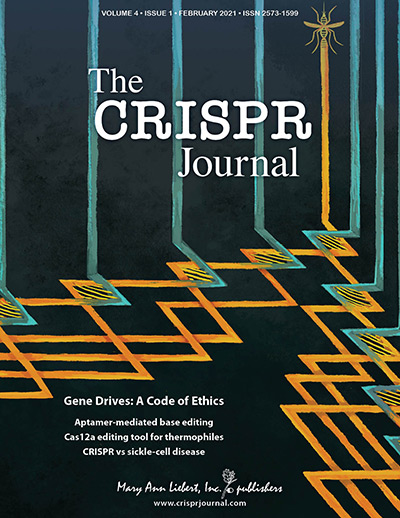Response to Levrier re: Human Germline and Heritable Genome Editing: The Global Policy Landscape
By Marcy Darnovsky, Katie Hasson, and Timothy M. Krahn,
The CRISPR Journal
| 02. 19. 2021
In response to: https://www.liebertpub.com/doi/10.1089/crispr.2021.29121.gle
Levrier apparently misunderstands the nature of our project published in The CRISPR Journal in October 2020.1 We identified and reviewed policy documents relevant to human germline and heritable genome editing research in 96 countries. We did not speculate about arguments that might lead legislatures or courts to revise existing policies or adjudicate prospective cases, nor did we attempt to examine each policy in its national or international context. Rather, based on close and careful readings of the identified texts, we categorized countries according to the current permissibility or impermissibility of germline and heritable genome editing. Then, we counted.
We welcome corrections and additions to the data we have compiled, which we plan to keep updated at https://tinyurl.com/HumanGenomeEditingPolicies. Unfortunately, Levrier does not provide appropriate documentation for his challenge to our categorizations regarding human germline and heritable genome editing research in three countries (France, Mexico, and Japan). Instead, he points to a report, unspecified “debates” in the French parliament, and comments on social media. We sometimes used such sources to identify relevant policy documents, but did...
Related Articles
By Jenny Lange, BioNews | 12.01.2025
A UK toddler with a rare genetic condition was the first person to receive a new gene therapy that appears to halt disease progression.
Oliver, now three years old, has Hunter syndrome, an inherited genetic disorder that leads to physical...
By Grace Won, KQED [with CGS' Katie Hasson] | 12.02.2025
In the U.S., it’s illegal to edit genes in human embryos with the intention of creating a genetically engineered baby. But according to the Wall Street Journal, Bay Area startups are focused on just that. It wouldn’t be the first...
By Pam Belluck and Carl Zimmer, The New York Times | 11.19.2025
Gene-editing therapies offer great hope for treating rare diseases, but they face big hurdles: the tremendous time and resources involved in devising a treatment that might only apply to a small number of patients.
A study published on Wednesday...
Several recent Biopolitical Times posts (1, 2, 3, 4) have called attention to the alarmingly rapid commercialization of “designer baby” technologies: polygenic embryo screening (especially its use to purportedly screen for traits like intelligence), in vitro gametogenesis (lab-made eggs and sperm), and heritable genome editing (also termed embryo editing or reproductive gene editing). Those three, together with artificial wombs, have been dubbed the “Gattaca stack” by Brian Armstrong, CEO of the cryptocurrency company...




